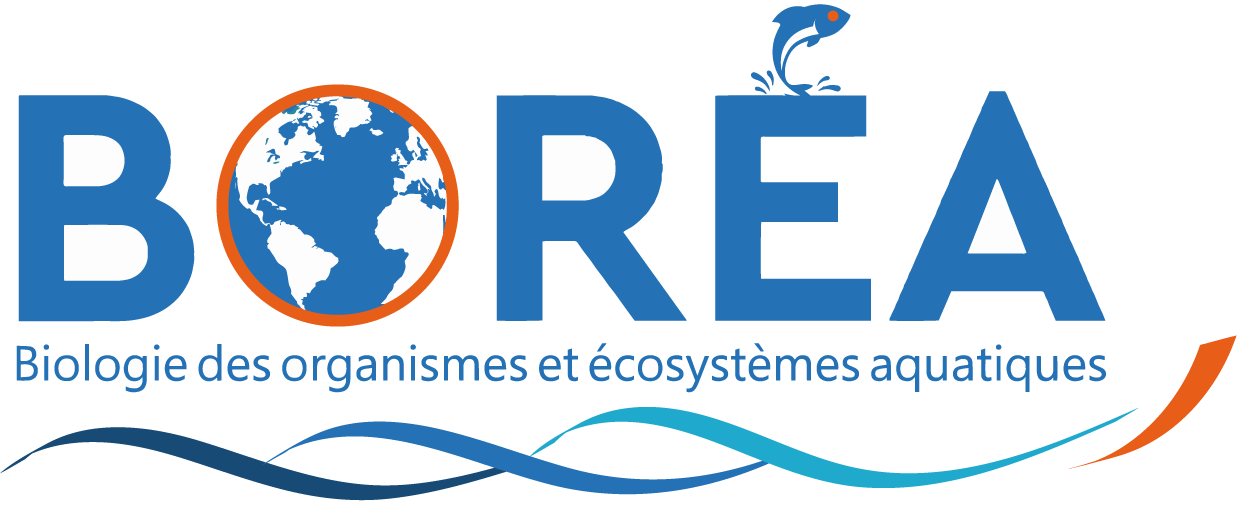Effects of elevated temperature and p CO2 on the respiration, biomineralization and photophysiology of the giant clam Tridacna maxima
Résumé
Many reef organisms, such as the giant clams, are confronted with global change effects. Abnormally high seawater temperatures can lead to mass bleaching events and subsequent mortality, while ocean acidification may impact biomineralization processes. Despite its strong ecological and socio-economic importance, its responses to these threats still need to be explored. We investigated physiological responses of 4-year-old Tridacna maxima to realistic levels of temperature (+1.5°C) and partial pressure of carbon dioxide (pCO2) (+800 μatm of CO2) predicted for 2100 in French Polynesian lagoons during the warmer season. During a 65-day crossed-factorial experiment, individuals were exposed to two temperatures (29.2°C, 30.7°C) and two pCO2 (430 μatm, 1212 μatm) conditions. The impact of each environmental parameter and their potential synergetic effect were evaluated based on respiration, biomineralization and photophysiology. Kinetics of thermal and/or acidification stress were evaluated by performing measurements at different times of exposure (29, 41, 53, 65 days). At 30.7°C, the holobiont O2 production, symbiont photosynthetic yield and density were negatively impacted. High pCO2 had a significant negative effect on shell growth rate, symbiont photosynthetic yield and density. No significant differences of the shell microstructure were observed between control and experimental conditions in the first 29 days; however, modifications (i.e. less-cohesive lamellae) appeared from 41 days in all temperature and pCO2 conditions. No significant synergetic effect was found. Present thermal conditions (29.2°C) appeared to be sufficiently stressful to induce a host acclimatization response. All these observations indicate that temperature and pCO2 are both forcing variables affecting T. maxima’s physiology and jeopardize its survival under environmental conditions predicted for the end of this century.
Origine : Fichiers éditeurs autorisés sur une archive ouverte

